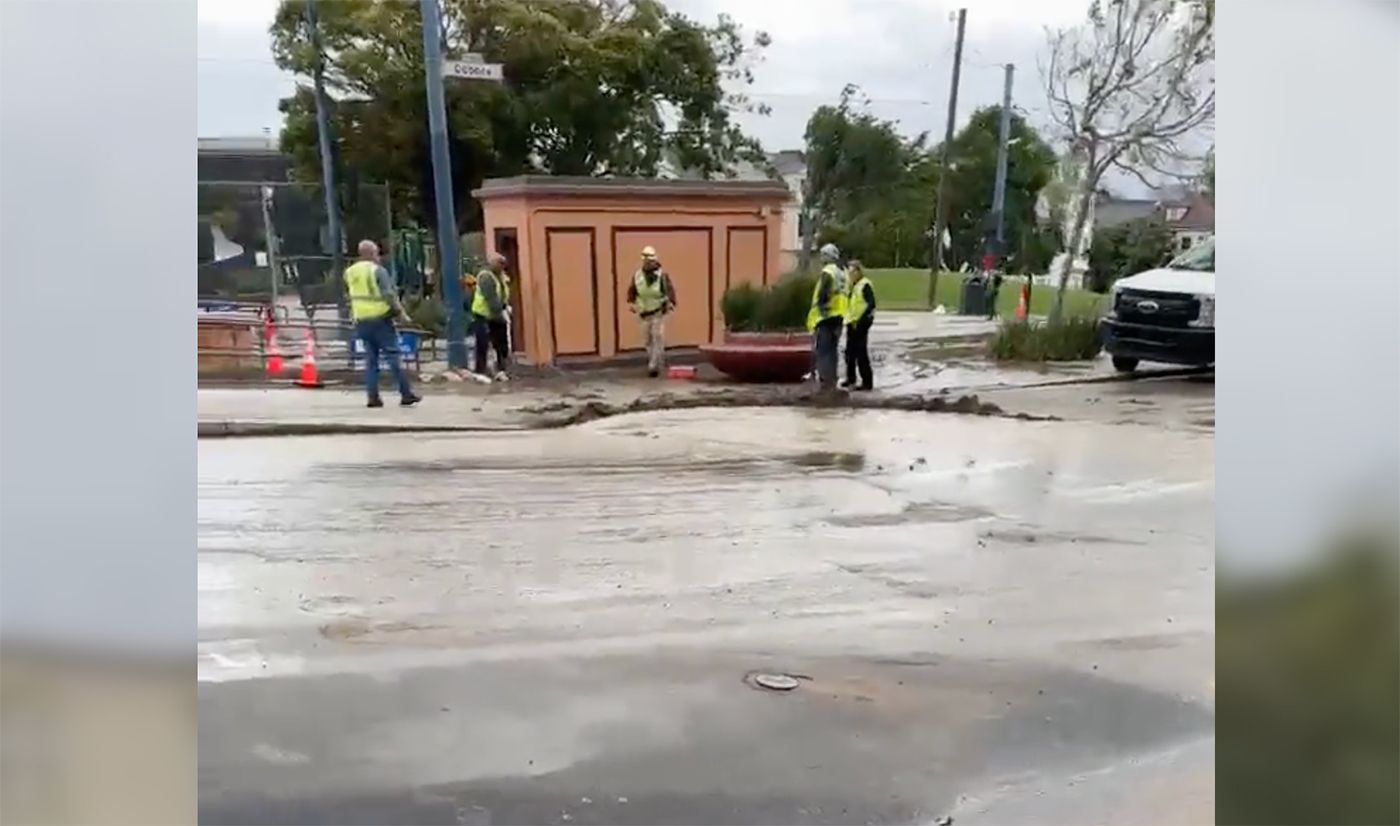Trump Administration's List Of Sanctuary Cities And Counties: Implications And Analysis

Table of Contents
Defining "Sanctuary Cities and Counties"
The term "sanctuary city" lacks a uniform legal definition, leading to inconsistencies in practice across jurisdictions. While there's no single, legally binding definition, these jurisdictions generally share the goal of creating welcoming environments for undocumented immigrants and limiting cooperation with federal immigration authorities, particularly Immigration and Customs Enforcement (ICE). Underlying these policies is a prioritization of community trust and a belief that close cooperation with ICE could undermine this trust and deter immigrants from reporting crimes.
The specific policies implemented vary widely. Some jurisdictions refuse to hold individuals solely based on ICE detainers (requests to detain individuals beyond their release date), while others limit the sharing of information about an individual's immigration status with ICE.
- Examples of Sanctuary Policies:
- Refusal to honor ICE detainers without a judicial warrant.
- Restricting the sharing of an individual's immigration status with ICE agents.
- Providing legal resources and support to undocumented immigrants.
- Implementing municipal identification cards for undocumented residents.
This variation makes it challenging to define a "sanctuary city" definitively and contributes to the legal challenges surrounding the Trump administration's list.
The Trump Administration's List and its Creation
The Trump administration's list of sanctuary jurisdictions was compiled using a methodology that has been subject to considerable criticism. The criteria used for inclusion or exclusion were not clearly defined, leading to accusations of arbitrariness and inconsistency. The list was largely based on self-reported data and interpretations of local policies, leading to questions about its accuracy and completeness. Furthermore, the creation of this list faced significant legal challenges, with lawsuits alleging that the administration overstepped its authority.
- Key Criteria (Allegedly) Used:
- Level of cooperation with ICE requests.
- Enforcement of federal immigration laws within local jurisdictions.
- Public statements and policies regarding immigration enforcement.
Implications for Federal Funding
The designation as a sanctuary jurisdiction carried significant implications regarding federal funding. The Trump administration threatened to withhold federal funds from jurisdictions deemed non-compliant with its immigration policies. This threat led to extensive legal battles, challenging the administration's authority to condition federal funding on compliance with specific immigration enforcement policies. The potential impact spanned various funding streams, including grants for law enforcement, infrastructure projects, and other essential services. The financial burden on these jurisdictions, facing potential loss of significant funding, was substantial.
- Examples of Federal Funding Potentially at Risk:
- Justice Department grants for law enforcement training and equipment.
- Department of Transportation grants for infrastructure projects.
- Department of Housing and Urban Development grants for affordable housing.
Impacts on Public Safety and Community Relations
The impact of the Trump administration's policies on public safety and community relations remains a highly debated topic. Proponents argued that limited cooperation with ICE hindered investigations and allowed dangerous criminals to remain in the community, thereby negatively impacting public safety. Conversely, opponents contended that such policies fostered a climate of fear and distrust, discouraging immigrants from reporting crimes or cooperating with law enforcement, which ultimately undermined public safety. The impact on crime rates, however, is complex and requires detailed local-level analysis rather than broad generalizations. The chilling effect on reporting and trust in law enforcement within immigrant communities is a significant concern.
- Arguments for Increased Safety (Pro-Enforcement):
- Increased likelihood of apprehending undocumented immigrants involved in criminal activity.
- Improved cooperation between local law enforcement and federal immigration authorities.
- Arguments Against (Pro-Sanctuary):
- Erosion of trust between law enforcement and immigrant communities.
- Decrease in crime reporting due to fear of deportation.
Legal Challenges and Court Cases
The Trump administration's policies on sanctuary cities faced numerous legal challenges. Lawsuits argued that the administration's actions violated the Tenth Amendment (states' rights), due process rights, and exceeded its authority in attempting to dictate local law enforcement practices. Court decisions on these challenges have been varied, with some courts upholding the administration's authority in certain areas and others striking down key aspects of its policies. The legal landscape surrounding sanctuary cities remains dynamic and subject to ongoing litigation.
- Key Legal Arguments:
- Violation of the Tenth Amendment's principle of federalism.
- Infringement on due process rights of individuals.
- Exceeding executive authority in dictating local law enforcement policies.
Conclusion
The Trump administration's list of sanctuary cities and counties had far-reaching implications, impacting federal funding, public safety debates, community relations, and leading to extensive legal challenges. The lack of a clear definition of "sanctuary city" and the varying policies adopted by different jurisdictions contributed to the complexity of the issue. The debate highlights fundamental disagreements about federal-local relations, immigration enforcement, and the balance between public safety and protecting the rights of undocumented immigrants. Understanding the complexities of the debate surrounding sanctuary cities and counties is crucial for shaping a just and effective immigration system. We encourage readers to research their local policies on immigration and participate in informed discussions about immigration reform to promote a more comprehensive and equitable approach.

Featured Posts
-
 Dubai Hosts First Ever Banksy Art Exhibition
May 31, 2025
Dubai Hosts First Ever Banksy Art Exhibition
May 31, 2025 -
 Cleveland Fire Stations Unexpected Closure Water Leak Causes Disruption
May 31, 2025
Cleveland Fire Stations Unexpected Closure Water Leak Causes Disruption
May 31, 2025 -
 Receta Basica De Croque Monsieur Paso A Paso Para Todos
May 31, 2025
Receta Basica De Croque Monsieur Paso A Paso Para Todos
May 31, 2025 -
 Could Spring 2024s Resemblance To 1968 Mean A Severe Summer Drought
May 31, 2025
Could Spring 2024s Resemblance To 1968 Mean A Severe Summer Drought
May 31, 2025 -
 Preparate Para Todo 4 Recetas De Emergencia Sin Luz Ni Gas
May 31, 2025
Preparate Para Todo 4 Recetas De Emergencia Sin Luz Ni Gas
May 31, 2025
